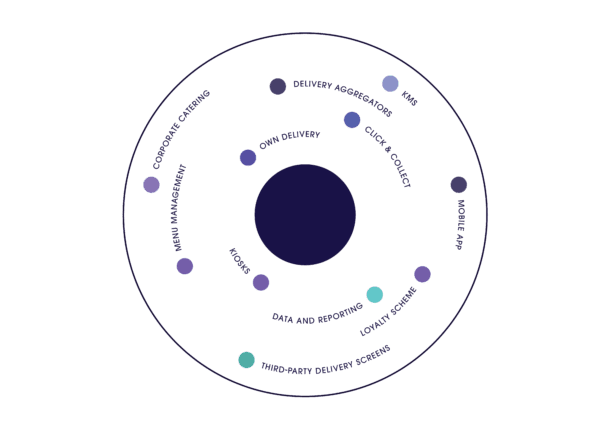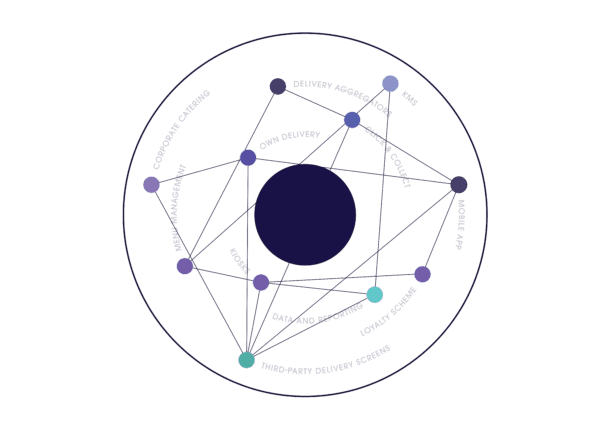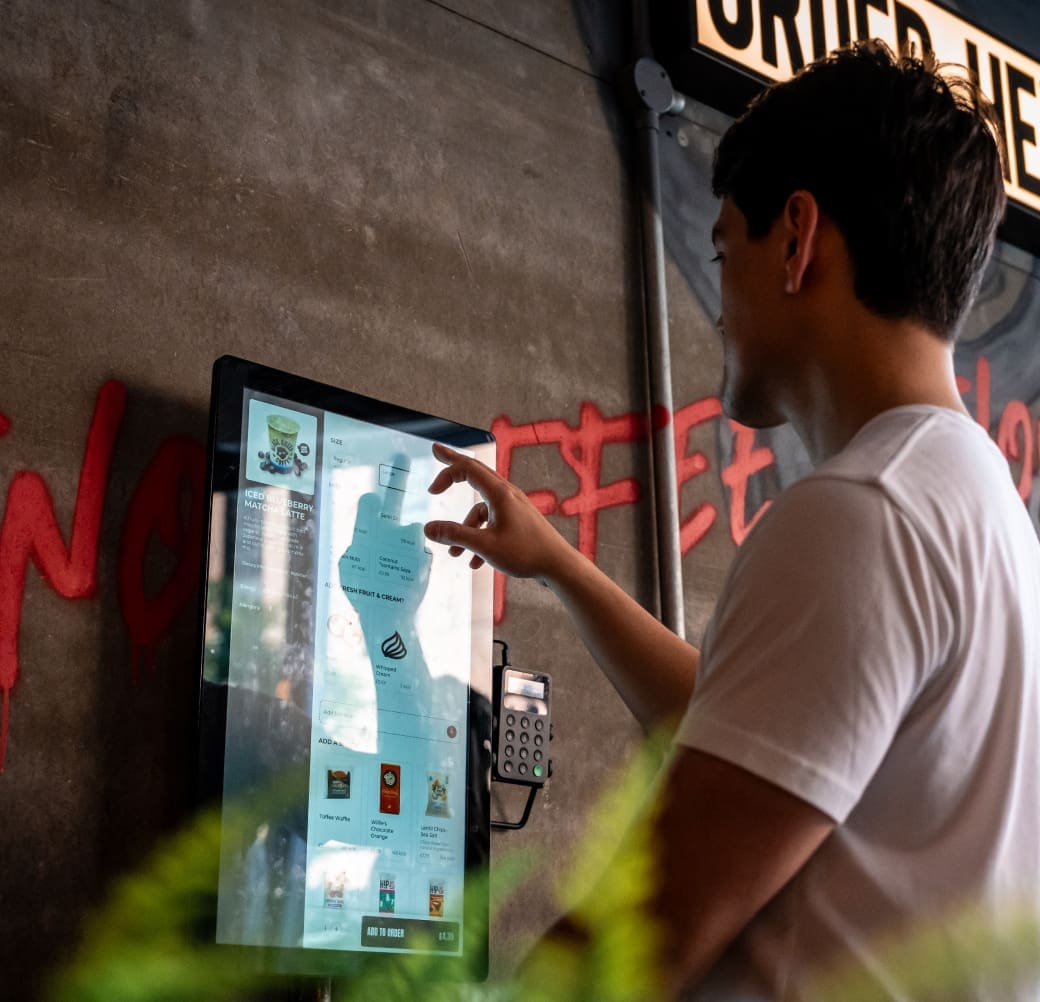Prepare for Christmas: your hospitality business checklist
Get your business ready for a successful festive season with our Christmas planning checklist for hospitality.

Learn how to analyse your current tech stack, and why this is the first step when you’re considering changing hospitality tech.
Hospitality tech stacks can be overwhelming, even to the most tech-savvy operators.
With so many individual point solutions doing different things, and overly complicated integrations between them all, just getting your tech to work and actually deliver the promised value can feel impossible.
But changing the tech you have is a daunting prospect. Where do you even start?
The best place to begin a new tech journey is by looking at what you’re using already.
Join us as we guide you through the very first steps of making improvements to the hospitality tech you use. Plus, learn why it’s so important to analyse your existing tech fully before scoping out alternatives.
67% of operators at larger hospitality brands have frustrations with the tech they’re using.
So why do they stick with it?
Well, it’s easy to identify the frustrations you have with your tech, but not so easy to understand the root cause of these frustrations. And without understanding these, choosing new tech can be an overwhelming prospect.
For example, you can identify that your team is spending too much time updating menus. But what exactly causes this time sink? How many point solutions require manual menu updates? How long does it actually take to make updates on each one? Does this affect your ability to scale to new order channels or locations?
Tech should be helping you achieve your business goals, not creating obstacles to them. But without identifying the root cause of these obstacles, you can’t confidently choose new tech that will be the right fit for your unique business.
Taking the time to fully understand how your current tech stack works – and what’s causing your frustrations with it – will put you in a much stronger position when it comes to choosing a new setup that will actually deliver. And with so many tech providers and approaches out there, this will be invaluable. You’ll know exactly what you’re looking for, and what to avoid.
So how do you go about analysing your tech stack?
Start by going back to basics: a paper and pen.
The best way to fully break down and understand your tech stack is to literally draw it out in front of you.
This is the only way to get a full picture of how each part of your operation is set up. It shows your how it works together, and where inefficiencies are causing frustrations.
Draw your POS in the middle of the page, then add a dot and label for every single point solution provider you work with circling around your POS. Ideally, use a different colour per provider. This will give you an idea of just how many individual elements there are in your tech stack that have to work together for your operation to run.

A POS surrounded by point solution providers
Once you’ve determined how many providers contribute to your tech stack, the next step is to work out exactly what they do for you.
Break each supplier down into the separate services they deliver, and label each one sticking with the colour of each supplier.
Make sure you’re giving yourself as full a picture as possible by really digging into the exact products of each provider. A single supplier might deliver all your digital ordering channels, for example. But these should be broken down into each separate channel e.g separate dots for ‘kiosks’ and ‘Click & Collect’.
You’ll probably find yourself adding more dots to your drawing as you break the providers’ services down.

Separate and label each element the providers deliver
You can now highlight any fragmentation within separate elements of your operation. Does one supplier handle all of your ordering channels? Or is this split between different point solutions? Does one supplier deliver your entire loyalty scheme, or does it depend on multiple partners?
This is an important step in identifying inefficiencies. You can see where you’re depending on too many separate solutions to deliver a single part of your operation, causing more work and more points of failure.
Now you need to understand exactly how each of these suppliers works with the others to keep your tech stack operational.
Draw lines connecting each separate element to reflect any integrations that need to happen to make them work.
For example, does your loyalty scheme need separate integrations to each of your order channels (app, website, offline paper-based)? How does your KMS integrate with all of your separate channels?
The more lines you have to draw, the more integrations your operations depend on. And the more integrations you depend on, the more brittle and complicated your tech stack is, causing a variety of obstacles to success.

Draw the integrations between each element
You can now take a step back. You’ve drawn out the big picture of your tech stack, and you can take some time to analyse how it works from the top down.
Identify inefficiencies within your setup. Where are integrations costing your team excessive time? What points in your operation are being overcomplicated by multiple providers?
Here are some examples of what to consider:
The answers to these questions will give you useful insight into your operation’s strengths and weaknesses. Looking at the mapping you’ve drawn out will indicate exactly where these are coming from in your setup.
With the above work done, you’ll be much more informed about exactly how your operation needs to change to be successful. And you can be more confident when you start looking at potential tech alternatives.

Get your business ready for a successful festive season with our Christmas planning checklist for hospitality.

Discover how to launch and implement your coffee shop Click & Collect order channel in the most effective way for the biggest results.

Self-ordering kiosks increase ATV and throughput – but that’s not all: your customers love them too. Learn the reasons why in this kiosk deep-dive.
